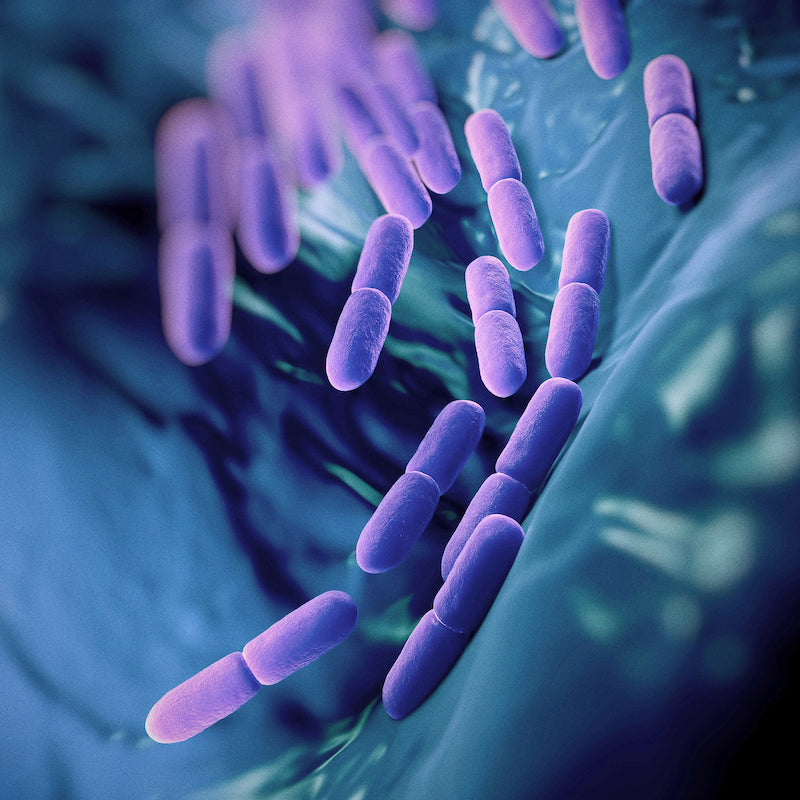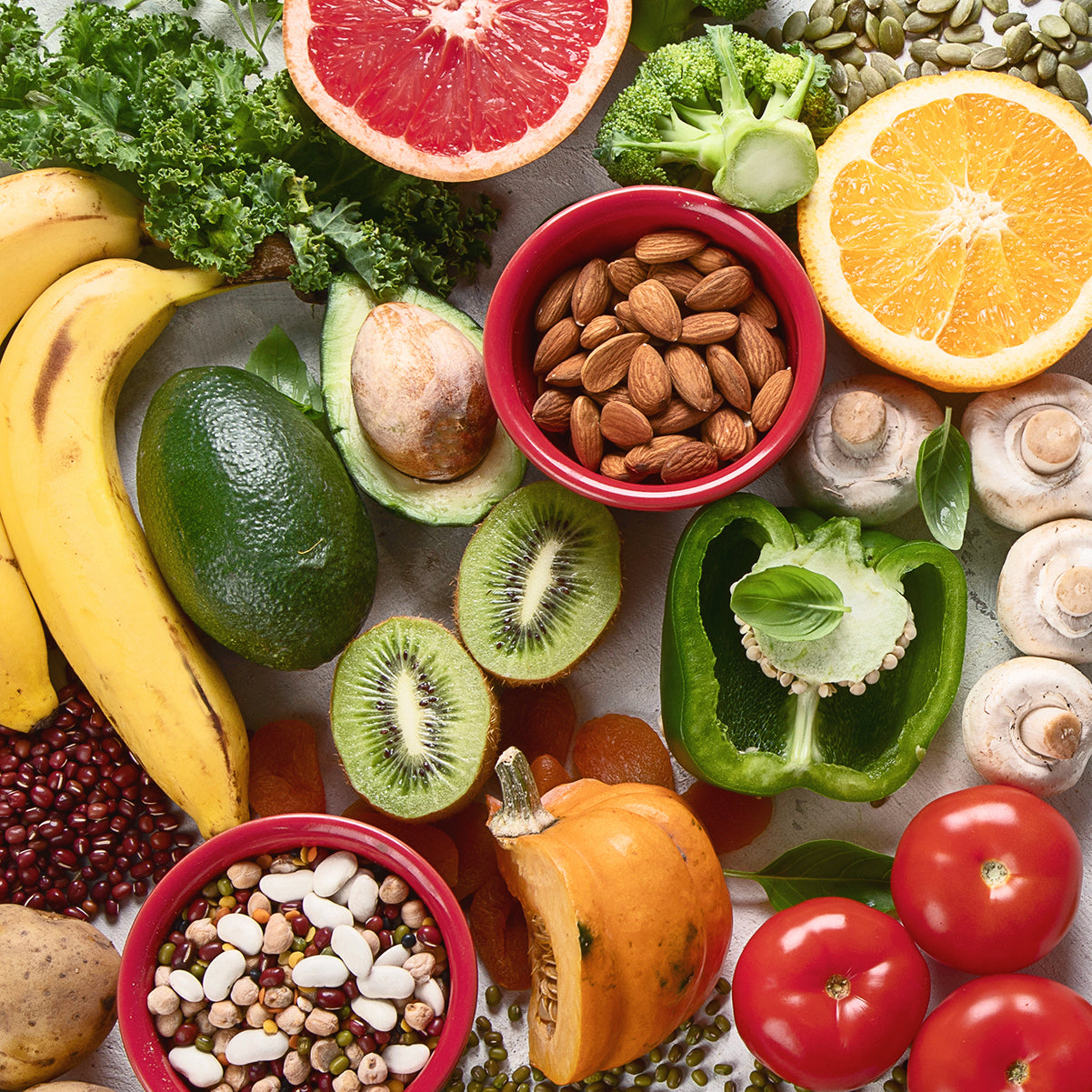Why Do Kids Need Energy and Vitality?
Kerry Locatelli, BNat
With so much to see and so much to do, our children are always on the go. They are constantly exploring and learning, growing and developing, and they need enough energy and vitality to do so.
Energy and vitality are closely related. Energy is the ability of the body to do work - having the fuel to move and to function; while vitality refers to a state of being full of energy and life and is characterized by a sense of vibrancy, enthusiasm, and motivation. We want our children to be full of both energy and vitality.
Children need energy to fuel their physical activity.
Children are naturally active and expend a lot of energy when they play. They need this energy to run, jump, climb, participate in sports, and play. Being physically active enhances their overall health and wellbeing, both mentally and physically. It is recommended that children between the ages of 5-17 years get at least 60 minutes of moderate to vigorous intensity physical activity daily1.
They need energy to support their growth and development.
Children’s bodies are constantly growing and developing, and this rapid growth requires energy. They need this energy to build and repair bones, muscles, organs and all tissue within the body. Children grow at varying rates depending on different factors such as genetics, environment and culture. On average, children grow 5-6cm in height each year until they hit puberty where they experience even more rapid growth2,3.
They need energy to boost their brain function.
Children also need energy for the brains to function properly. They need the fuel for learning, memory, and concentration. Without enough energy, they can really struggle at school, and with concentration in general. Nutrition has a powerful effect on a child’s learning and behaviour4.
They need energy to support their metabolism.
Metabolism refers to the chemical processes that occur in the body, all of which require energy. Digestion, absorption, and the utilization of nutrients are all examples of these metabolic processes in action.
They need energy for immune function.
Energy is necessary for the immune system to function properly, helping our children to stay healthy and fight off infections and illnesses. Their bodies need sufficient macronutrients (carbohydrates, protein and fat) and micronutrients (vitamins and minerals) for optimal immune function, which is why malnutrition is the most common cause of immunodeficiency worldwide5.
Good nutrition is critical for energy and vitality. The food our children eat is what provides the raw materials and the fuel that their bodies need to generate that energy and vitality. The energy they get from food and drink is typically measured as calories or kilojoules and we can find information about the energy content of packaged food in the nutritional information on the label. Wholefoods (that are still close to their natural state, unprocessed and unrefined) are typically higher in nutrients that add to vitality levels. Along with making sure our children get enough good quality sleep and physical activity, Nuzest Kids Good Stuff (KGS) can help fill any nutritional gaps and help our children get the best and the most out of every day.
We say cheers to good health every day with a KGS smoothie! Try our Banoffee Smoothie.
This concludes part one of our three-part series on Energy and Vitality for Kids. Next, we’ll look into how to best support your kids’ energy and vitality, so keep an eye out for part two!
References
- Physical activity [Internet]. Who.int. [cited 2023 Mar 30]. Available from: https://www.who.int/initiatives/behealthy/physical-activity
- Lee JH, Kim SK, Lee EK, Ahn MB, Kim SH, Cho WK, et al. Factors affecting height velocity in normal prepubertal children. Ann Pediatr Endocrinol Metab [Internet]. 2018 [cited 2023 Mar 30];23(3):148–53. Available from: https://pubmed.ncbi.nlm.nih.gov/30286571/
- Thompson LA, Moreno MA. Growth and growth charts in children. JAMA Pediatr [Internet]. 2018 [cited 2023 Mar 30];172(6):604. Available from: https://jamanetwork.com/journals/jamapediatrics/fullarticle/2678191
- Researchgate.net. [cited 2023 Mar 30]. Available from: https://www.researchgate.net/publication/242011739_The_remarkable_role_of_nutrition_in_learning_and_behaviour
- Chandra RK. Nutrition and the immune system: an introduction. Am J Clin Nutr [Internet]. 1997 [cited 2023 Mar 30];66(2):460S-463S. Available from: https://ajcn.nutrition.org/article/S0002-9165(23)17953-6/fulltext

















































